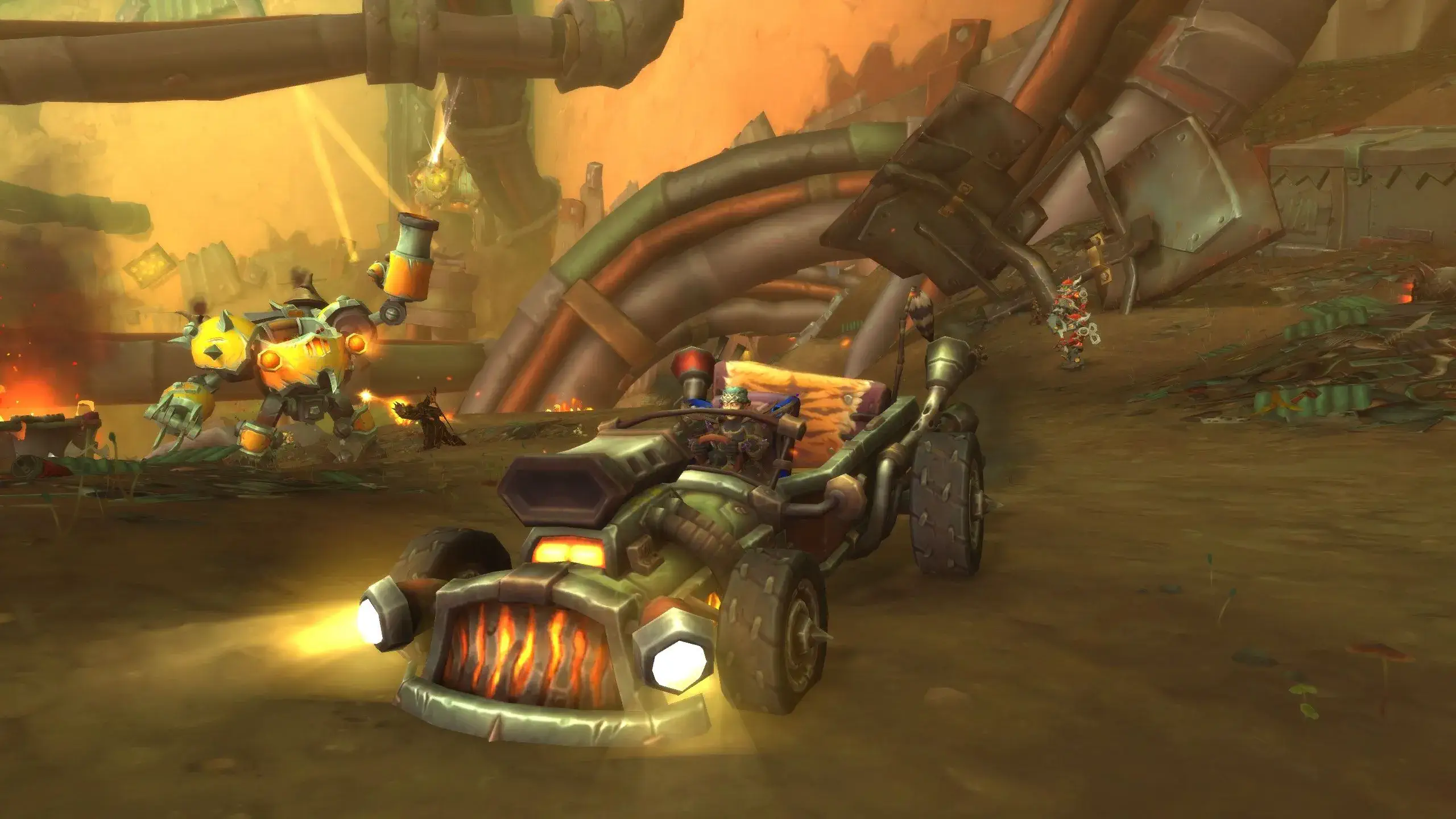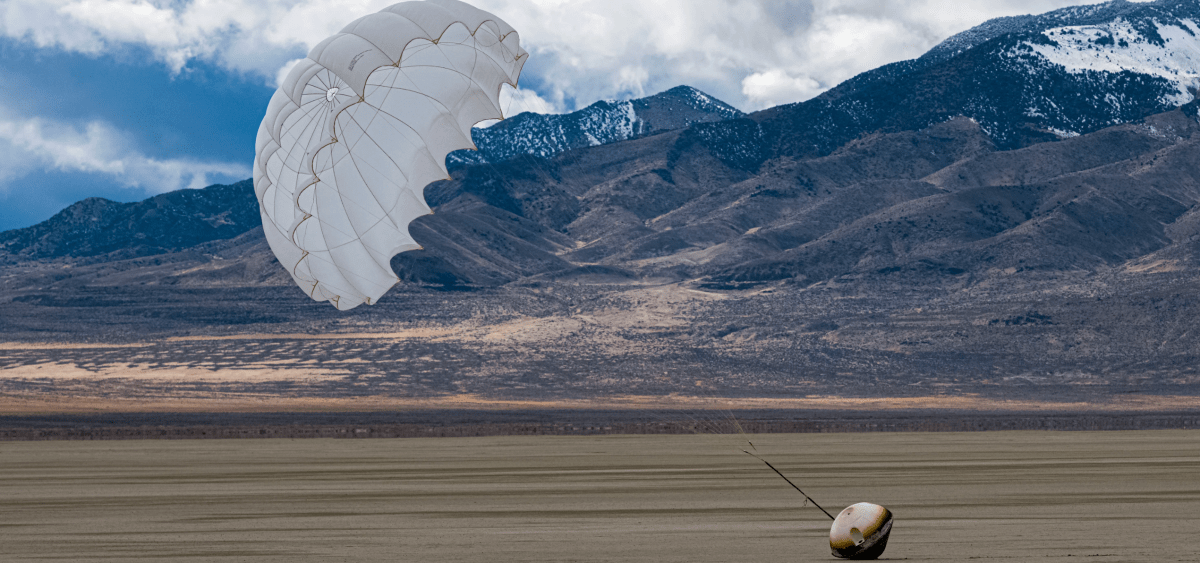It always starts the same way. You reinstall the game “just to check it out.” The Battle.net launcher opens. The familiar World of Warcraft logo shines. You tell yourself it’s temporary. But an hour later, you’re in Elwynn Forest, killing wolves again, like it’s 2005. And it feels good.
It’s almost absurd how this game continues to set people back. Some left after Burning Crusade, others after Shadowlands. But somehow, everyone eventually logs back in. Because? Why do millions of us keep returning to Azeroth, even after we’ve moved on with our lives, our jobs, our families (maybe even the kids now playing Fortnite)? Let’s take a look at why World of Warcraft still owns our hearts (and our free time) after more than 20 years.
The easy return (and how Blizzard makes sure you can do it)
Returning to World of Warcraft today is easier than ever. Blizzard has spent years perfecting the “returning player” experience. You can access current content in minutes, skip endless grinding, and get back to raiding or questing without needing a week off from work.
Even if you’ve missed several expansions, catching up is easier than ever – from improved leveling and community help to modern support services like go carryYou can be ready to raid before your nostalgia fades. That’s as easy as it sounds.
The numbers don’t lie: WoW still runs the MMO game
You might think that WoW’s best days are behind it. However, the numbers are still shocking. According to ActivePlayer and MMO populations (May 2025):
- More than 8 million people still log in each month; Yes, that’s eight million people still farming, looting, and arguing about balance changes in 2025.
- On any given day, around 230,000 players are online: a small digital city roaming the forests, deserts, and chat channels of Azeroth.
- Total lifetime accounts? An amazing figure of 163.4 million. That’s basically the population of a small continent; They all, at some point, click “Accept Mission” and forget to log out.
Even more interesting is that the average WoW player today is between 30 and 38 years old. That officially makes it one of the most “adult” gaming communities out there. For comparison, the average Call of Duty or League of Legends player is between 23 and 25 years old. So yeah, World of Warcraft is basically the MMO of the midlife crisis, only instead of buying a sports car, you’re buying transmog gear. And yet, that’s exactly what makes it special. People who grew up with it never completely abandoned it.
The psychology of not letting go
Blizzard doesn’t just improvise. World of Warcraft is a complete masterclass in psychological engagement and, yes, your dopamine is being educated. First, there is the Zeigarnik effect. Basically, your mind hates unfinished things. WoW brings you back with endless achievements, ever-changing gear levels, rare mounts you need to get, and new raid bosses that suddenly appear out of nowhere.
Plus, being in a guild means you’re not just for fun. Your team is counting on you. Skipping raid night is like ghosting your friends. Finally, nostalgia. WoW deliberately keeps the old sound effects, the same leveling sound, the same loading screen vibrations. That is the emotional imprint: sensory memory. The moment you hear those sounds again, your brain connects them with comfort, achievement, and belonging. Blizzard is not manipulating. They are orchestrating. WoW always hits the emotional sweet spot between familiarity and novelty.
A game that ages with you
The reason WoW survives is not just the content. It is associated with the compatibility of the game with real life. When you’re a teenager, you attack five nights a week. When you’re 35 and working, you log in twice a week, farm transmog, and relax. The game allows you to do both.
You can play for 15 minutes, pick up a mount, and feel like you’ve accomplished something. Or you can spend six hours clearing mythic+ dungeons with your crew. Blizzard’s brilliant move was to make WoW modular:
- Hardcore PvP? Check.
- Solo relaxation mode? Check.
- A classic nostalgia trip? Check.
- Pet battles, farming, RP taverns in Goldshire (we’re not talking about that)? Check.
It’s not just about variety of content. It is an emotional range.
Triggers that bring you back
People have their motivation to re-enter WoW. It can hardly be to go and check out some quests. For some, it’s the best way to forget about the pressures of real life, deadlines, bills, and exhaustion. Azeroth is the place where you can literally breathe. For others, it’s a sort of alternative to a Sunday football game: why watch a game when you can ride mounts, loot bosses, and show off your gear?
There is also the classic team that simply logs in to play with friends on Discord, click buttons, exchange jokes and have a stress-free good time. You say you’ll only play a little, but next thing you know, it’s 3am, you’re in a dungeon, arguing over loot distribution, laughing at guild memes. An hour or two later, you wonder how a couple of minutes turned into hours.
Mini return guide: return without exhausting yourself
If you’re thinking about returning, here’s how to approach it the right way:
- Don’t rush. Oh really. The game is not going anywhere.
- Find an active guild or ping your old friends.
- Catch up and take it easy for a week.
- Watch a video on “What’s New in WoW 2025” and you’ll be all set.
The secret is not to work fast. It’s rediscovering why you loved it.
Enjoy the game to the fullest
When you look at it all together, it’s pretty clear why World of Warcraft keeps players coming back year after year. The content is constantly evolving. Social ties and guilds attract you. The pace of the game works for both casual and hardcore players. Nostalgia comes at the right time. And you’re hooked on delicate psychological hooks.
It is not a unique feature or expansion. It is the sum of all this that makes Azeroth not just a game. It’s a world that changes, remembers and keeps dragging you back. There aren’t many other games that can establish such a strong and lasting connection.
#World #Warcraft #return #phenomenon #simply #leave #Azeroth










